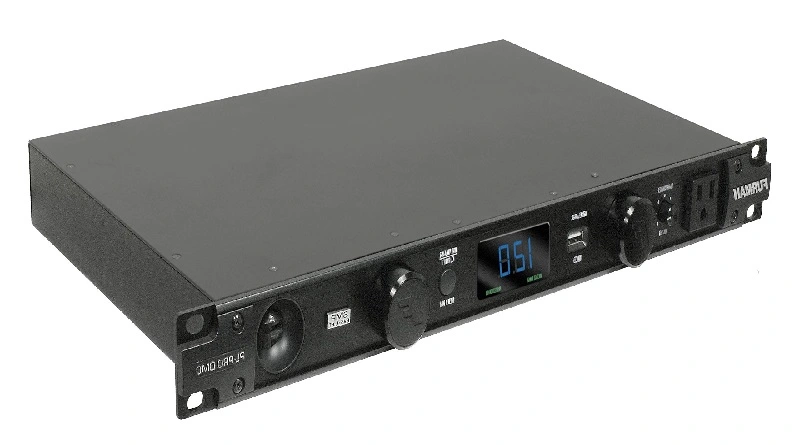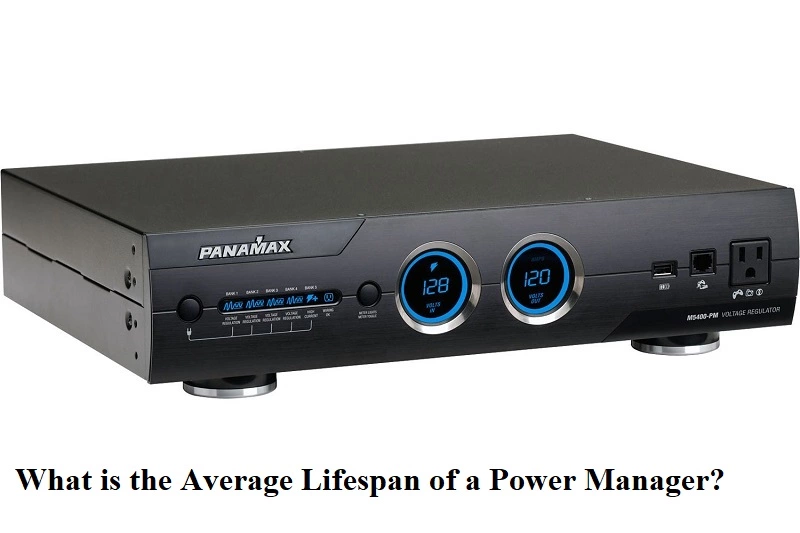As technology has progressed, home theatre power managers have become increasingly popular. These systems allow people to enjoy a movie theater-like experience in the comfort of their own homes.
However, with the added convenience comes added costs. One of the costs associated with a home theatre system is the power it consumes.
This article will discuss how much power a home theatre system uses and how to reduce energy consumption.
The first thing that comes to mind when you think about a home theatre power manager is the energy it requires to power it up.
In the era of rising energy prices and environmental concerns, it’s essential to be aware of the power usage of such systems.
Many homeowners are concerned about how much energy their home theatre system uses and what impact it may have on their energy bills. In this article, we will break down the energy consumption of a home theatre system and suggest ways to reduce it.
WHAT IS A HOME THEATRE SYSTEM?
Before understanding the specifics of a home theatre system’s energy consumption, one must understand what one is.
A home theatre system is a collection of electronic devices that work together to create a movie theatre-like experience in the comfort of your home.
A typical home theatre system includes a TV or projector, a sound system, a media player, and sometimes gaming consoles.
HOW MUCH POWER DOES A HOME THEATRE SYSTEM CONSUME?
The power consumption of a home theatre system depends on its size and components. The more components a system has, the more energy it will consume.
The most significant energy consumers in a home theatre system are the TV or projector, the sound system, and the media player. According to the US Department of Energy, the average home theatre system uses about 1000 watts of electricity per hour.
WHAT FACTORS AFFECT A HOME THEATRE SYSTEM’S ENERGY CONSUMPTION?
Several factors affect the energy consumption of a home theatre system. These include the size of the TV or projector, the type of speakers, and the media player’s energy consumption.
TV Or Projector Size
The larger the TV or projector, the more energy it will consume. A 60-inch TV will use more energy than a 40-inch TV.
Additionally, older TVs consume more energy than newer models, so upgrading to a newer, more energy-efficient TV or projector can save electricity costs.
Type Of Speakers
The type of speakers also affects energy consumption. For example, floor-standing speakers use more energy than bookshelf speakers.
Also, active speakers consume more power than passive speakers.
Media Player Energy Consumption
The media player’s energy consumption is also essential to consider. The energy consumption of a media player can vary from one device to another.
A device with a built-in hard drive, such as a DVR, uses more energy than a streaming device like Chromecast or Apple TV.
HOW TO REDUCE A HOME THEATRE SYSTEM’S ENERGY CONSUMPTION?
Now that we understand the factors that affect a home theatre system’s energy consumption let’s look at ways to reduce it.
Choose An Energy-Efficient TV Or Projector
When choosing a TV or projector, selecting an energy-efficient model is important. Energy Star-certified TVs and projectors use 30% less energy than non-certified models.
They also have features like automatic brightness control that adjust the screen’s brightness according to the room’s lighting conditions, reducing energy consumption.
Use Energy-Efficient Speakers
When selecting speakers, choose energy-efficient models. Bookshelf speakers consume less energy than floor-standing speakers. Also, passive speakers consume less power than active speakers.
Use A Media Player With Low Energy Consumption
Choose a media player that consumes less energy. Streaming devices like Chromecast or Apple TV use less power than devices with built-in hard drives like DVRs.
Turn Off Devices When Not In Use
Turning off your home theatre system components when not in use is one of the easiest ways to reduce energy consumption.
Many devices continue to consume power when they are not in use, especially when they are in standby mode. Turning off all devices completely will save energy and reduce your energy bills.
Use A Power Strip
Using a power strip is another way to reduce energy consumption. Instead of unplugging each component individually, you can turn off the power strip to simultaneously cut off the power to all devices.
Adjust Your Settings
Adjusting your settings can also help reduce energy consumption. For example, turning down your TV or projector brightness can significantly reduce energy usage.
Disabling unnecessary features like motion smoothing or HDR can also help save energy.
CONCLUSION
In conclusion, a home theatre system can consume a considerable amount of energy, but there are ways to reduce its energy consumption.
Choosing an energy-efficient TV or projector, using energy-efficient speakers, selecting a media player with low energy consumption, turning off devices when not in use, using a power strip, and adjusting your settings are all ways to reduce energy consumption.
By following these tips, you can enjoy your home theatre system while saving energy and reducing energy bills.
FAQS
How Much Does It Cost To Run A Home Theatre System Per Hour?
The cost to run a home theatre system per hour varies depending on the size and components of the system. The average home theatre system uses about 1000 watts of electricity per hour, costing 10 to 20 cents per hour.
Can An Energy-Efficient Home Theatre System Save Money?
Yes, an energy-efficient home theatre system can save money. Energy Star-certified TVs and projectors use 30% less energy than non-certified models, and energy-efficient speakers and media players consume less power.
What Is Standby Power, And How Does It Affect Energy Consumption?
Standby power, or phantom power, is the energy devices consume when not in use but remain plugged in. Standby power can account for up to 10% of a home’s energy usage, so turning off devices when not in use is essential.
Are Older TVs Less Energy-Efficient Than Newer Models?
Yes, older TVs are generally less energy-efficient than newer models. Newer models have features like automatic brightness control that adjust the screen’s brightness according to the room’s lighting conditions, reducing energy consumption.
How Can I Tell If A Device Is Energy-Efficient?
Look for the Energy Star label to tell if a device is energy-efficient. Energy Star-certified devices meet strict energy efficiency guidelines set by the US Department of Energy and the Environmental Protection Agency.
















